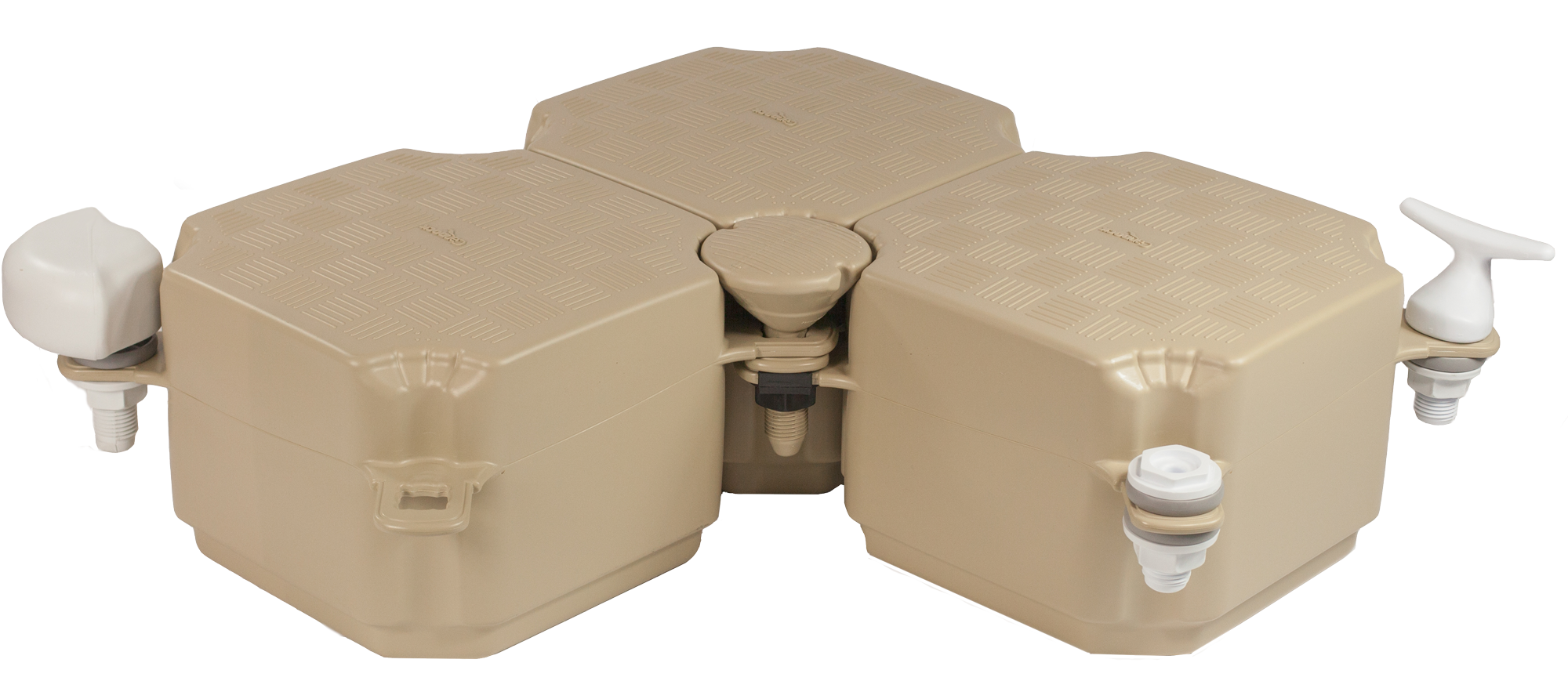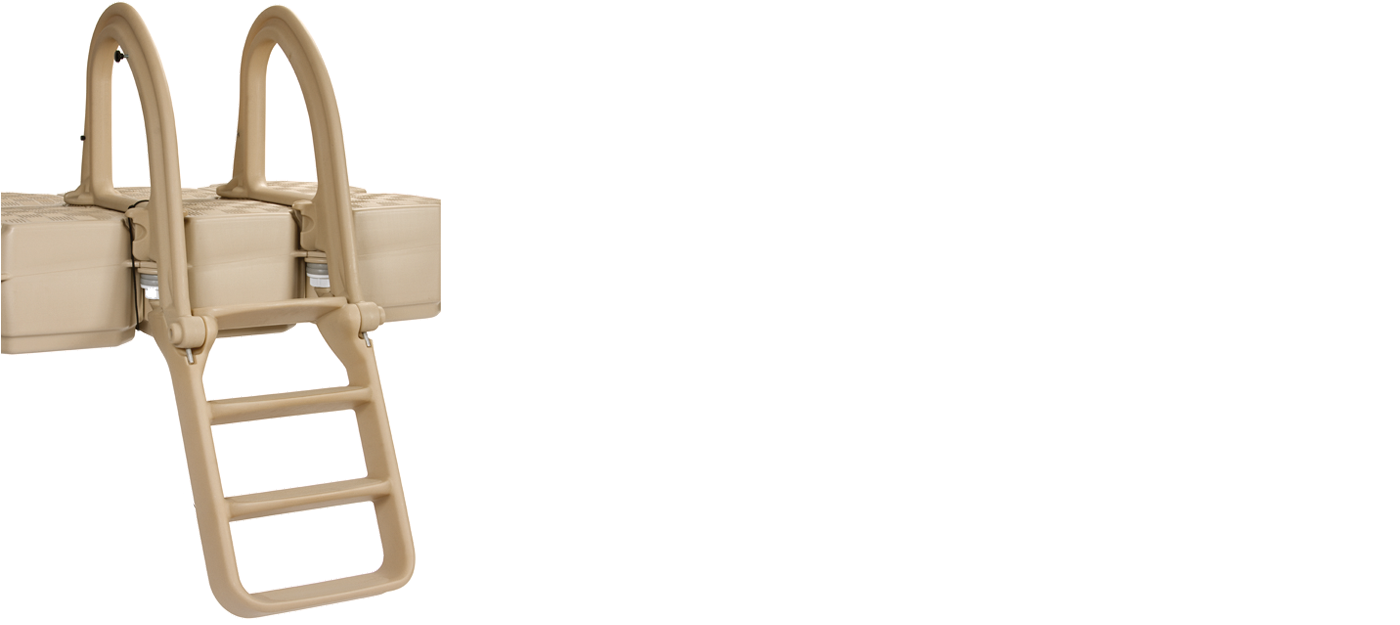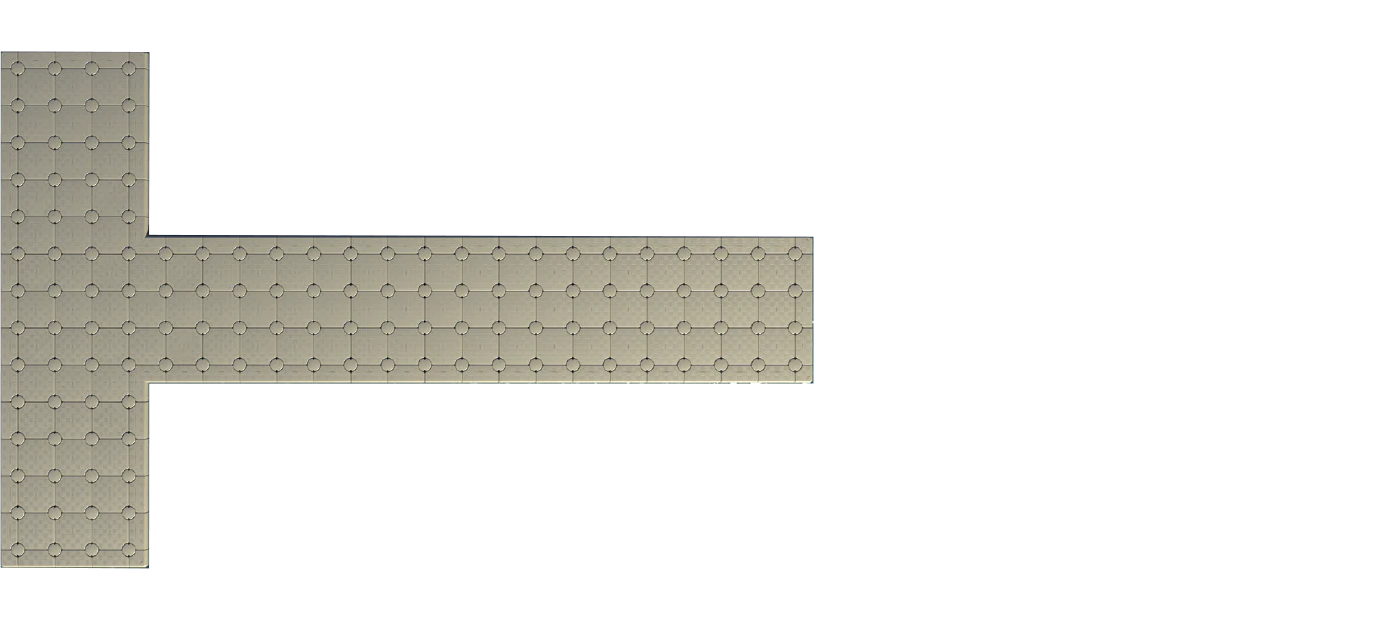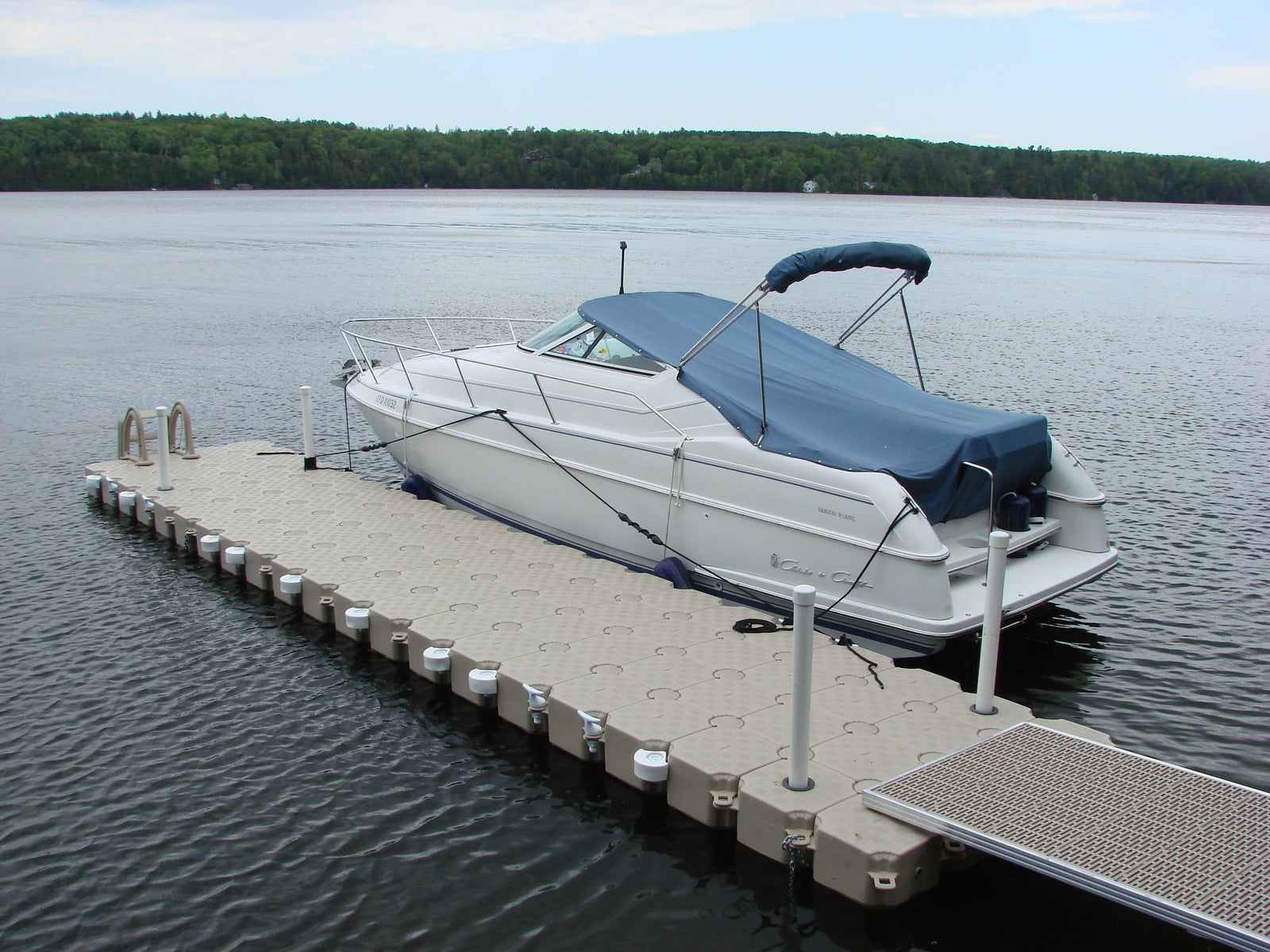Buying your dock in 3 simple steps
Step 1: Identify your needs and your project’s specs
Before initiating the decision process surrounding the acquisition of a dock, it’s important to really have a good grasp of the needs or challenges, if any, that this purchase will address. It’s through this crucial step that you will determine the fundamentals of your dock project. Here’s a checklist to help you better understand your needs and the basis of your project: 1- Identify the nature of your dock project: residential and/or boat dock, commercial, industrial, marina, rowing (kayak, canoe, SUP), special events, aquaculture project or swim raft. 2- Determine in what environment the project will be set up (geographic location) 3- Identify the type of system you wish to install
- Basic floating dock
- Dry dock system for boat or PWC
- Floating dock, and boat or PWC dry dock system
4- Know your specifications Basic floating dock:
- Dock shape: Choose the shape that corresponds best to your need in regards with the floating dock portion of your project.
- Dock dimensions: in-line with preferred dock shape
- Dock colour: usually grey or beige
Dry dock system for boat or PWC:
- Type of craft the dock is intended for: boat or PWC
- Description of the craft: make, model, year, length, weight
5- Get a good sense of the dock’s environment
- Place where the dock will be installed: lake, river without current, river with weak current, river with medium current, river with strong current, sea/ocean, existing marina
- Type of shore: beach, medium slope, steep slope, cliff, sea wall or other
- Nature of sea bed: sand, mud, pebbles, rocks, mixed
- Do you require an aluminum access ramp to access the dock from the shore (Gangway)?
- Wind and wave exposure: Is the location protected from the wind and waves, and what is the usual wave height?
- Is the site exposed to water level variations; are these variations tidal or seasonal, and what is the usual variation?
- Water depth: At the lowest water level (low tide), what is the depth, at the beginning and at the end of the dock?
Step 2: Identify your project’s legal context
Once your needs are all listed, you must obtain legal information through the relevant authorities (municipal, provincial and federal). You will then be able to determine which authorizations and permits you will need to install your dock. This type of information will generally include the maximum dimensions of a dock according to the length in linear feet of your shoreline, as well as any restrictions pertaining to mooring in terms of marine fauna and flora protection. Each jurisdiction has its own specificities, it is strongly recommended to validate which apply to you.Step 3: Shop, compare, and get advice before buying
The 3rd and final step is without doubt the most interesting for you and it means your project is about to take shape. To meet your needs, it is essential to identify the right supplier and the ideal product. This demands customized support and proven expertise. For over 20 years, the Candock team has been devoted to its mission; to develop, manufacture and market docks and modular floating systems adapted to the needs of customers worldwide. We are privileged to offer turnkey installation services to our clients, as well as a 20 years limited warranty. Here are 3 simple and easy ways to get valuable tips from our experts about the upcoming purchase of your dock:- Fill an online quotation
- Visit one of our distributors
- Contact one of our experts




